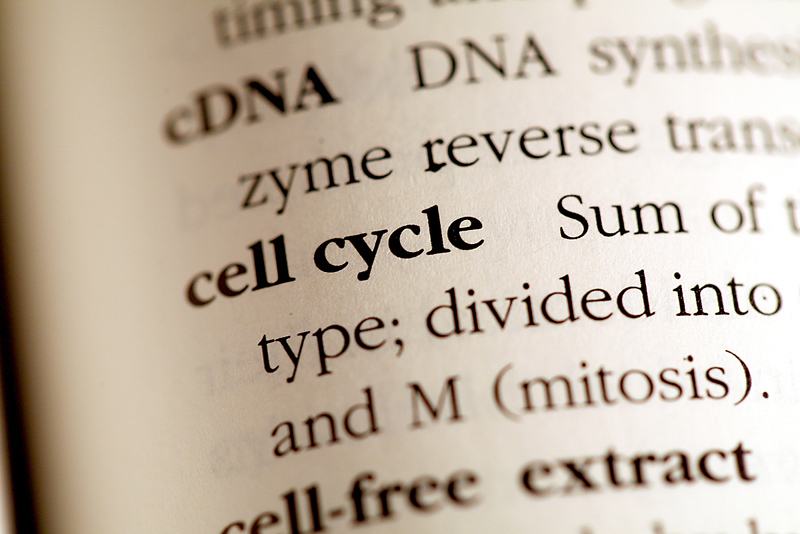
TUESDAY, April 7, 2015 (HealthDay News) — Women who carry mutations in certain genes face a much higher risk of breast and ovarian cancers, but the impact varies depending on the type and location of the mutation, new research finds.
Film star Angelina Jolie, who carries a BRCA1 mutation, weighed that risk last month when she announced that she’d had her ovaries and fallopian tubes removed, almost two years after undergoing a double mastectomy.
In a column published in The New York Times, Jolie stressed that her decision was personal, and that other women who carry BRCA mutations should choose what’s right for them.
This latest research aims to help women with these mutations arrive at a more concise sense of their individual risk.
“The goal of this study is to start to provide women with better risk estimates,” said lead researcher Timothy Rebbeck, a professor of epidemiology at the University of Pennsylvania Perelman School of Medicine, in Philadelphia.
“We want to give them figures based on their own mutations, and not just a general number,” Rebbeck explained.
Published in the April 7 issue of the Journal of the American Medical Association, the study focused on women who carried inherited mutations in the BRCA1 or BRCA2 genes.
It’s well known that mutations in those genes substantially raise a woman’s lifetime risk of breast and ovarian cancers. But the latest findings show that it’s more nuanced than that: The degree of the increase varies depending on the type of mutation and its location on the genes.
The findings are just a “first step,” Rebbeck and his colleagues said. And they do not provide any hard numbers that are immediately helpful to doctors and patients.
But that is coming, Rebbeck added.
Cassie Connerty is a physician’s assistant who counsels women at the High-Risk Breast Clinic at Scott & White Hospital in Round Rock, Texas. She said the findings are “very interesting,” and could eventually allow women to have a more personalized estimate of their cancer risks.
“Right now, we give women kind of a rough estimate,” said Connerty, who was not involved in the study.
On average, U.S. women have a 12 percent lifetime chance of developing breast cancer, and a less than 2 percent risk of ovarian cancer, according to the American Cancer Society.
But among women with BRCA1 mutations, the odds of developing breast cancer are between 55 percent and 65 percent, on average. The risk of ovarian cancer ranges anywhere from 35 percent to 70 percent, according to the cancer society.
The risks are somewhat lower for women with BRCA2 mutations: a roughly 45 percent chance of breast cancer, and a 10 percent to 30 percent risk of ovarian cancer.
But again, those are averages.
“If we could better pinpoint a woman’s personal risk, that could have an impact on their [treatment] decisions,” Connerty said.
Right now, women can opt for surgery to remove both breasts and their ovaries. When it comes to breast cancer, there are surgery alternatives, however: frequent mammograms, along with MRI scans, to detect the cancer early; and the drugs tamoxifen and raloxifene, which can lower the odds of certain breast tumors.
There is no screening test for ovarian cancer, and no way to prevent it. So experts generally recommend that women with BRCA mutations have their ovaries removed by the age of 40.
Having more personalized information could help in that decision, said Dr. Len Lichtenfeld, deputy chief medical officer of the American Cancer Society.
“This is obviously important research,” Lichtenfeld said of the new study. “What this suggests is that, by looking carefully at where a mutation is on the gene, you better quantify the cancer risk.”
Of course, there would probably need to be substantial differences among the various BRCA mutations to have an impact on women’s treatment decisions, Connerty pointed out.
Rebbeck agreed, and said some differences will be “subtle,” and unlikely to sway women’s decisions. But, he said, it’s important to understand not only how likely a woman is to develop cancer at some point — but also at what age.
If women with a particular mutation typically develop ovarian cancer after age 45, while women with another mutation develop the disease in their 30s, that’s important in the timing of surgery, Rebbeck explained.
Everyone agreed that decisions also go beyond the numbers.
A lot depends on women’s personal preferences and their experience, Connerty said.
If a woman watched her mother die of ovarian cancer at a young age, for example, she might want surgery immediately — regardless of the particular BRCA mutation she carries.
More information
The U.S. National Cancer Institute has more on BRCA gene testing.
Copyright © 2025 HealthDay. All rights reserved.

